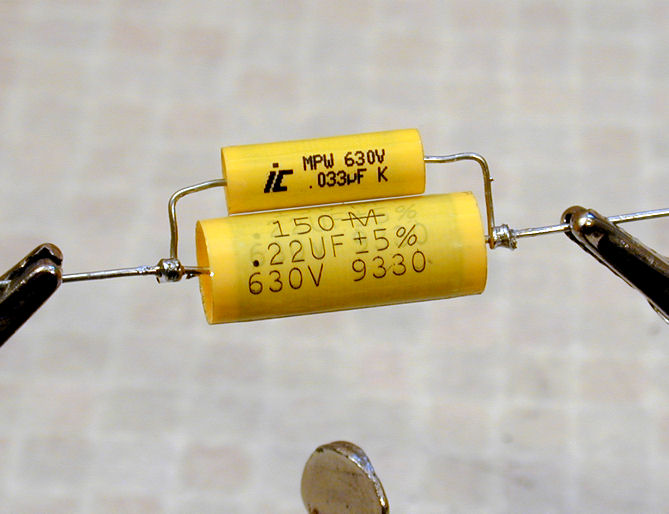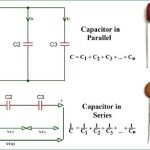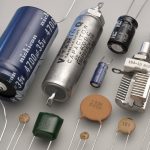Let us observe what happens, when few capacitors are connected in Parallel. Let us consider three capacitors with different values, as shown in the figure below.

Capacitance
The total Capacitance of the circuit is the equivalent to the sum of the individual capacitances of the capacitors in the network.
CT=C1+C2+C3CT=C1+C2+C3
Where C1 is the capacitance across the 1st capacitor, C2 is the capacitance across the 2nd capacitor and C3 is the capacitance across the 3rd capacitor in the above network.
Voltage
The voltage measured at the end of the circuit is same as the voltage across all the capacitors that are connected in a parallel circuit.
VT=V1=V2=V3VT=V1=V2=V3
Where Vc1 is the voltage across the 1st capacitor, Vc2 is the voltage across the 2nd capacitor and Vc3 is the voltage across the 3rd capacitor in the above network.
Current
The total current flowing is equal to the sum of the currents flowing through each capacitor connected in the parallel network.
IT=I1+I2+I3IT=I1+I2+I3
Where I1 is the current through the 1st capacitor, I2 is the current through the 2nd capacitor and I3 is the current through the 3rd capacitor in the above network.


